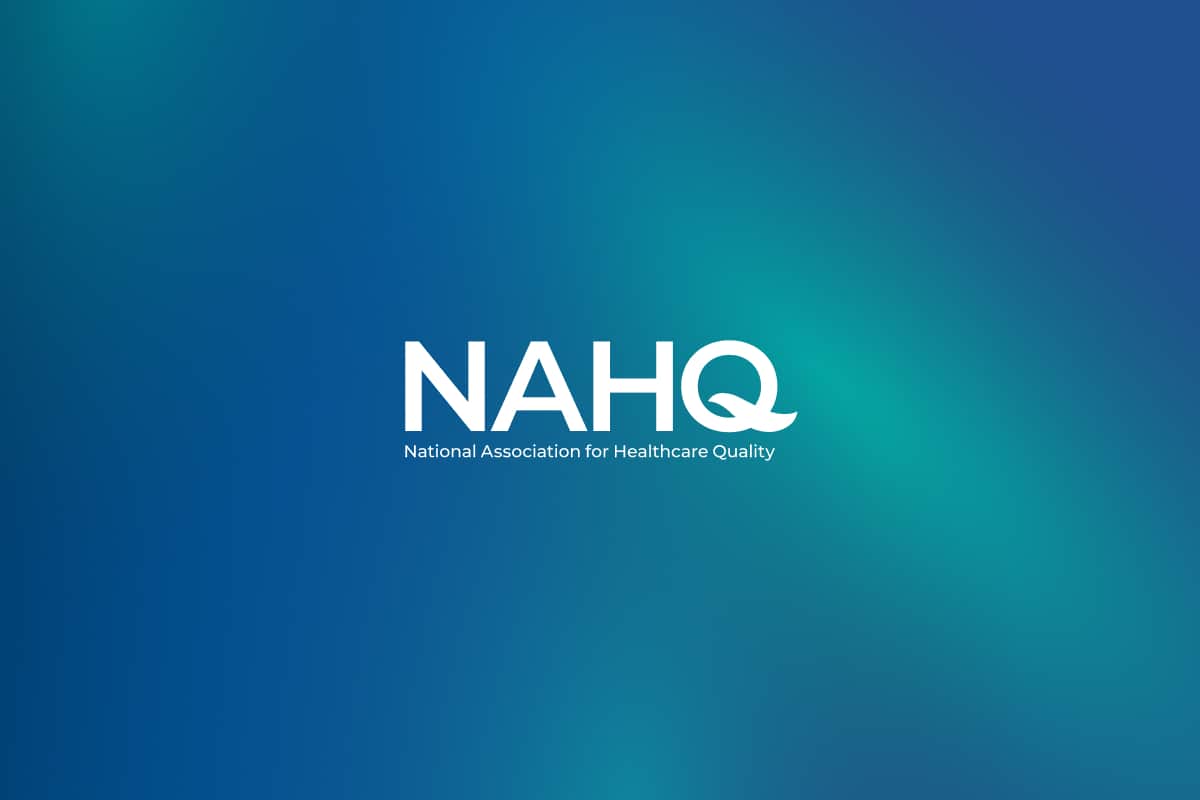PHILADELPHIA (May 7, 2021) – Early in the COVID-19 pandemic, healthcare systems scrambled to modify patient care processes – particularly when it came to strategies aimed at reducing the risk of hospital-related complications. A look at how one hospital applied its learning health system (LHS) framework to respond to a COVID-19-related increase in hospital-acquired pressure injuries (HAPIs) is presented in the May/June Journal for Healthcare Quality (JHQ), the peer-reviewed journal of the National Association for Healthcare Quality (NAHQ). The journal is published in the Lippincott portfolio by Wolters Kluwer.
“Given the significant challenges that pressure injuries may pose to the hospitalized patient, healthcare providers and leaders are faced with the task of HAPI risk mitigation that factors in the unknowns of the COVID pandemic,” write Shea Polancich, PhD RN, and colleagues of University of Alabama at Birmingham. Their experience shows how an LHS approach can support healthcare systems in reducing the risk of HAPIs and other preventable complications, with beneficial effects on patient care and reimbursement.
Using the LHS Model Improved Care Delivery – Even During a Pandemic
Dr. Polancich and colleagues reviewed electronic health record data of 772 patients who were discharged from their academic medical center from March through July 2020 to gain insights into the prevalence of HAPIs and the efficacy of the organization’s 4-year HAPI improvement efforts, based on an LHS model. About 29 percent of patients included in the analysis were diagnosed with COVID-19.
After the start of the pandemic, HAPI numbers began to increase steadily: from 56 cases in March to a peak of 90 cases in May. The researchers believe the increase in HAPIs was related to changes in organizational workflow and processes for evaluating wounds in the early weeks of the pandemic. For example, to reduce COVID-19 exposure and preserve personal protective equipment, the Wound, Ostomy, and Continence (WOC) team used iPads outside patient rooms for remote assessment.
Limited ability to directly observe, touch, and treat patients may have resulted in less-effective management of pressure injuries. Restricted visits by family members or other caregivers – an important set of “eyes and ears” at the patient’s bedside – might also have contributed to the increase in HAPIs.
As the nursing leadership team identified opportunities for improvement, workflow and care processes were quickly adapted. Forty-two percent of HAPI cases in COVID patients were potentially related to positioning or devices affecting the face, head, and neck – possibly linked to placing COVID patients in prone position in order to increase aeration of the lungs. The problem was addressed by using silicon adhesive dressings to relieve pressure points in areas above the neck.
With changes in nursing practice and a gradual return to normal hospital operations, HAPI case numbers started to decline in June, reaching a low of 51 events by the end of July. That corresponded to a 45 percent decrease in the total number of HAPIs.
About 37 percent of COVID-19-related HAPIs were stage 3 or above. Hospitals are not eligible to receive full reimbursement from the Centers for Medicare and Medicaid Services for advanced-stage HAPIs – making pressure injuries an important management target.
“Fluctuations and variations in the number of HAPIs during the study period likely occurred due to organizational learning about how to manage patients with COVID 19,” the researchers write. By following the LHS model, their hospital was able to identify gaps in patient care in real time and apply the learned information to improve future care delivery. Dr. Polancich and colleagues conclude: “This case study demonstrates the importance of health systems being able to quickly assess and document a problem, deploy resources to fix the problem, as well as evaluate the effectiveness of an intervention.”
###
DOI: 10.1097/JHQ.0000000000000301
###
About the Journal for Healthcare Quality
The Journal for Healthcare Quality (JHQ), a peer-reviewed journal, is an official publication of the National Association for Healthcare Quality. (NAHQ). JHQ is a professional forum that continuously advances healthcare quality practice in diverse and changing environments, and is the first choice for creative and scientific solutions in the pursuit of healthcare quality. The Journal publishes scholarly articles that are targeted to leaders of all healthcare settings, leveraging applied research and producing practical, timely and impactful evidence in healthcare system transformation.
About NAHQ
NAHQ is the leader in healthcare quality competencies. NAHQ provides a strategic advantage to healthcare professionals and the organizations they serve by developing and evolving competencies in healthcare quality that result in better patient and financial outcomes to support the goals of healthcare value. NAHQ offers the industry standard certification in healthcare quality, extensive educational programming, networking opportunities, and career resources to help healthcare professionals meet the challenges they face. Learn more about NAHQ at NAHQ.org.
About Wolters Kluwer
Wolters Kluwer (WKL) is a global leader in professional information, software solutions, and services for the clinicians, nurses, accountants, lawyers, and tax, finance, audit, risk, compliance, and regulatory sectors. We help our customers make critical decisions every day by providing expert solutions that combine deep domain knowledge with advanced technology and services.
Wolters Kluwer reported 2020 annual revenues of €4.6 billion. The group serves customers in over 180 countries, maintains operations in over 40 countries, and employs approximately 19,200 people worldwide. The company is headquartered in Alphen aan den Rijn, the Netherlands.
Wolters Kluwer provides trusted clinical technology and evidence-based solutions that engage clinicians, patients, researchers and students in effective decision-making and outcomes across healthcare. We support clinical effectiveness, learning and research, clinical surveillance and compliance, as well as data solutions. For more information about our solutions, visit https://www.wolterskluwer.com/en/health.
Media Contact
Amanda Belknap
Director of Marketing
Latest News
Related Content
The Checklist to Accelerate Out of the COVID-19 Pandemic Slump
As the COVID-19 pandemic evolves into an endemic, ...
Read MoreFrictionless Access Leads to Reduced Disparities in Care: A Case Study of a Regional Drive-Through COVID-19 Testing Center
Authors Ethan Feldmiller, MHA - Administrative Fe...
Read MorePopulation Health Raises the Bar on Quality Competencies
Patient-centered care is increasingly outpatient c...
Read More
